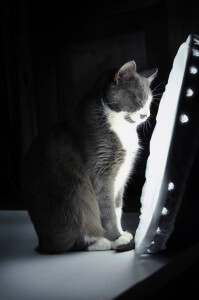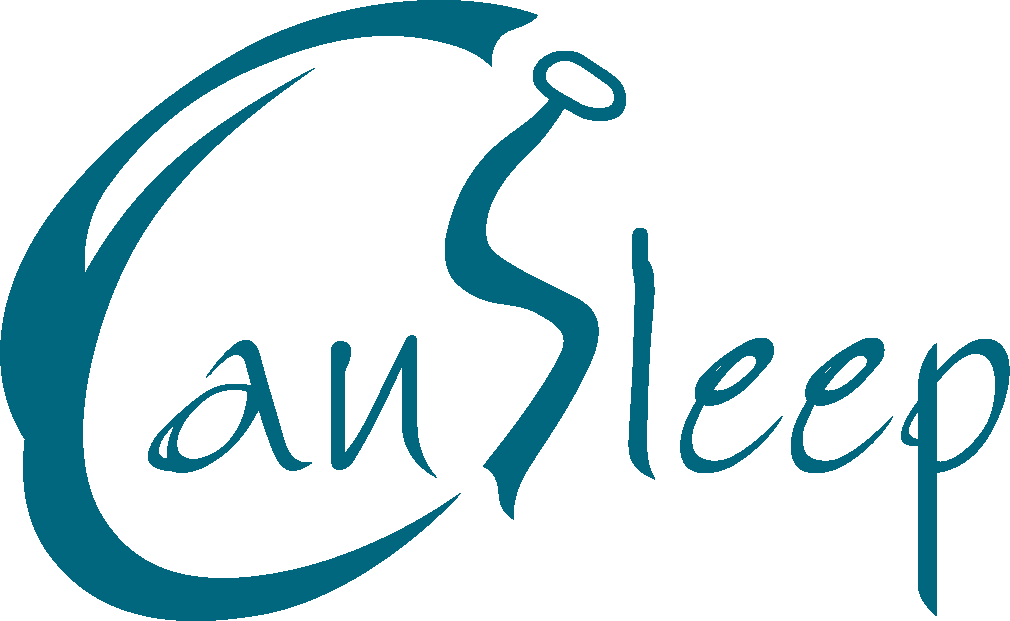Sleep and Light Therapy
Dec. 11, 2015
Did you know that 35 million Americans suffer from Seasonal affective disorder (SAD)? Did you know that light therapy could help people suffering from SAD or chronic Insomnia as well as people that have difficulties adjusting to shift work and air travel?
Researchers have discovered a new type of cell in the eye that is directly related to the brain’s “body clock”. Melanopsin photoreceptor responds to a very specific color of blue light and tells the body clock when to produce the hormones that control sleep/awake, mood and energy cycles. Therefore, exposure to bright light stimulates nighttime melatonin production, whereas ordinary room light is not sufficiently intense to be effective.
Those with weak circadian rhythms need a very bright stimulus of light to reset their body clock each day. When they don’t receive this light signal, their body clock either speeds up (advance) or slows down (delay), which in turn causes the production of the wrong hormones at the wrong time of day and this can lead to mood and sleep disorders. Bright light (10000luxitensity) has been found to be the only effective means of shifting circadian rhythms. If you have difficulties falling asleep, your body clock is delayed, but if you fall asleep easily but wake up few hours later or too early in the morning (common in the elderly), your body clock is advanced.
Bright light exposure in the morning should advance circadian rhythms (shift then to an earlier time) and bright light exposure in the evening should delay circadian rhythms (shift them to a later time).
For jet-lag adjustment, it is much easier to reset one’s body clock before arriving in the new time zone. Wearing sunglasses for the first few days in the morning while resetting the body clock to an earlier time is also suggested. When traveling east, one should advance his one’s body clock (shifting from day to night). The number of time zones traveled corresponds to the hours needed to shift.
For people who want to adapt to shift work they could accelerate circadian shifting with melatonin. This can help move the body clock as much as four to six hours each day in either direction.
Talk to your sleep specialist to get a right instruction on how and when to use light therapy to overcome your insomnia and/or mood disorder.
By Bahareh Ezzati (BSc, CPhT, RRT)






